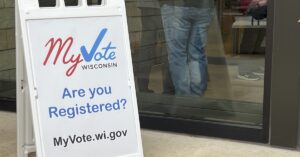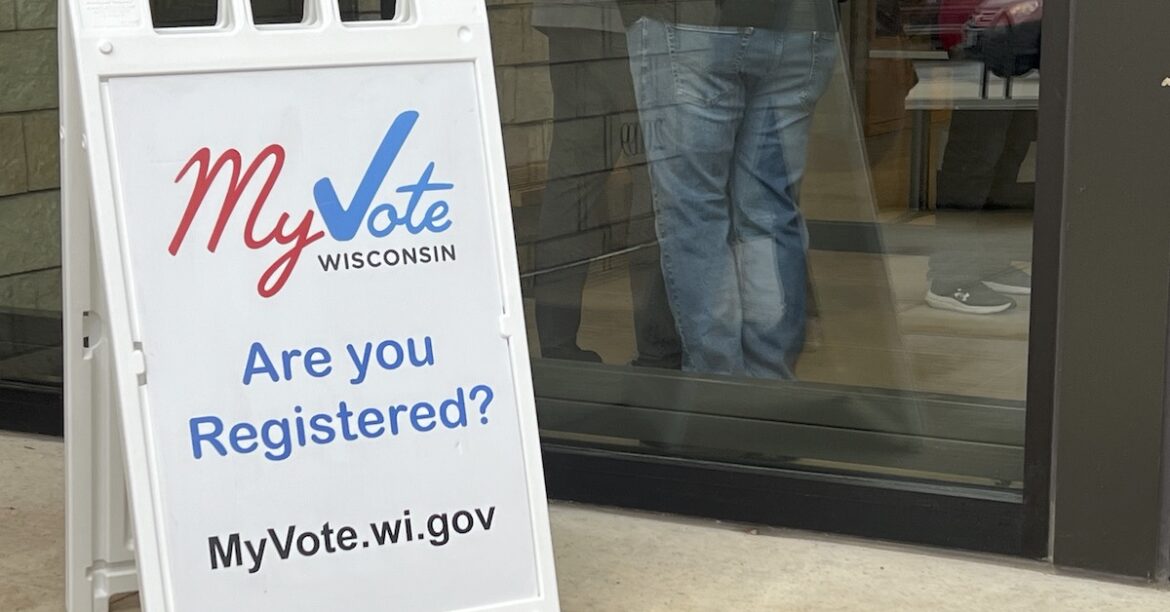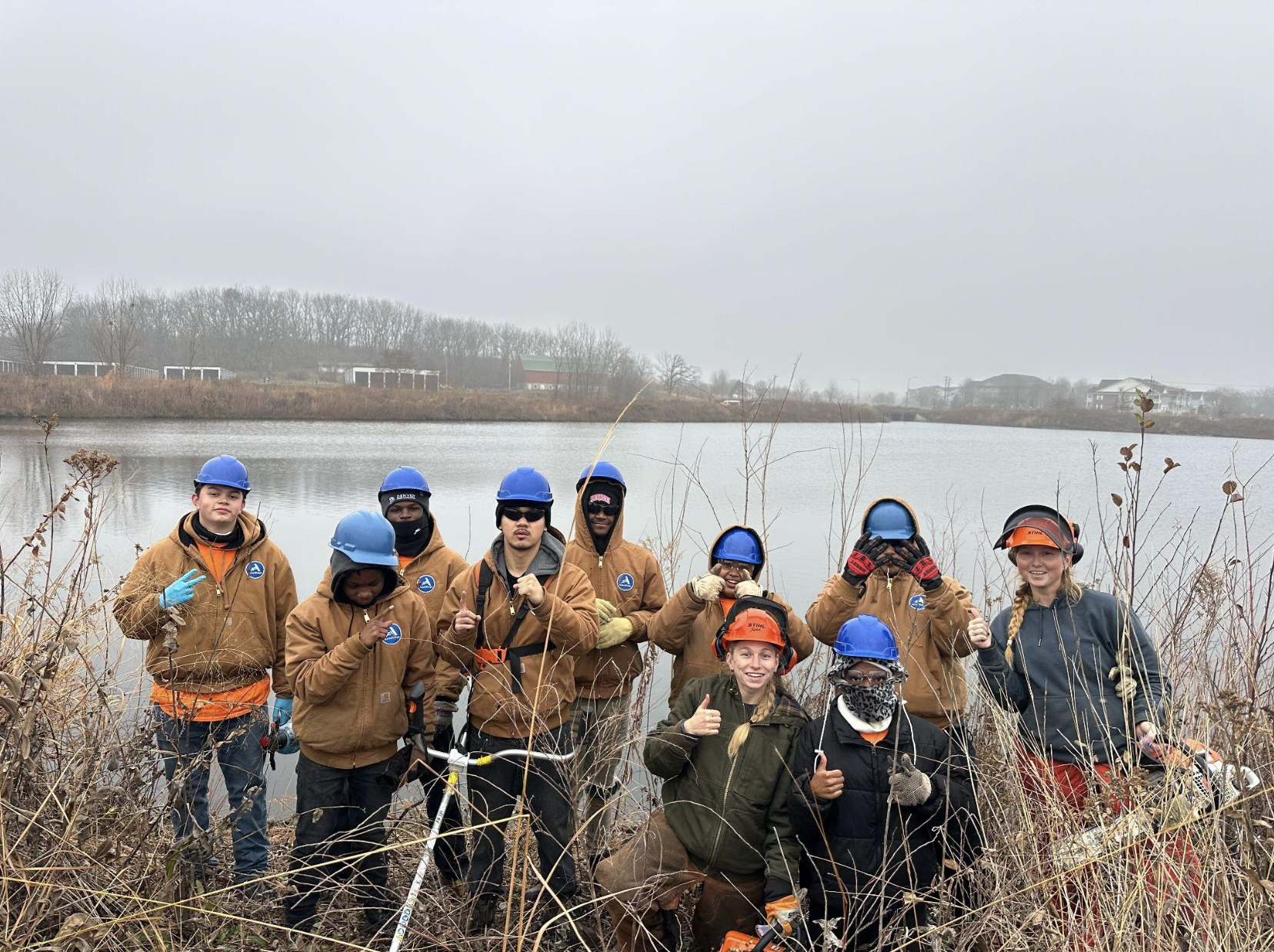On April 1, voters across the state won’t only be selecting their next Wisconsin Supreme Court justice. They will vote on a referendum on whether to enshrine voter identification laws in the state’s constitution.
The question at the bottom of the ballot will ask “Photographic identification for voting. Shall section 1m of article III of the constitution be created to require that voters present valid photographic identification verifying their identity in order to vote in any election, subject to exceptions which may be established by law,” according to the Milwaukee Journal Sentinel.
This would not be a new requirement for Wisconsin voters. Wisconsin has had a voter ID law since it was signed by former Gov. Scott Walker in 2011. However, due to legal challenges the law wasn’t enforced regularly until early 2016, according to PBS Wisconsin.
These laws are not written into the state’s constitution. If this referendum passes, it would become much more difficult to challenge or overturn them in the future.
“Once the law is in the constitution itself, it’s very difficult to change. It is hard to argue something is unconstitutional when it’s actually in the constitution,” said Barry Burden, director of the UW-Madison Election Research Center.
In Wisconsin a referendum only needs a majority, over 50 percent, to pass.
Opponents to voter ID laws often argue that these laws disenfranchise voters, specifically college students, disabled persons, and those from racial minority groups.
“It is one way where lawmakers can essentially pick their voters rather than voters picking who they want to represent them, so if you can narrow down who can actually vote you can have some control over the outcome,” said Eileen Newcomer, the voter education manager for the League of Women Voters of Wisconsin.
While voter disenfranchisement is a part of the concern, Newcomer is also troubled by what she sees as an attempt to avoid the standard legislative procedure.
“It is also just this whole process that we need to speak up against. Rather than the legislature going through the normal legislative channels, they are looking to circumvent the governor’s authority by continuing to have constitutional amendments,” Newcomer said.
In the normal legislative process, the legislature passes a bill and the governor has the ability to either sign the bill into law or veto it. The legislature can override a veto with a two-thirds vote in each house, according to the ACLU.
Getting a referendum constitutional amendment question on the ballot in Wisconsin requires that the same question be passed in both the state Assembly and Senate in two consecutive legislative sessions. The governor has no role in this process, according to the Milwaukee Journal Sentinel.
In this process, only the legislature has a say. If the legislature agrees twice, it goes straight to the people, no matter what the governor thinks.
Unlike the normal process, where the governor acts as a final check by either signing or vetoing the bill.
Because Wisconsin has a Democratic governor but a Republican majority legislature, the Republican legislature can use referendums as a unique tool to try to minimize the governor’s legislative power, according to Burden.
Proponents of the constitutional amendment argue that election security is too important and must be in the constitution.
“As a state we should do whatever we can to promote election integrity and uphold fair elections,” said Daniel Degner, president of Wisconsin Family Action. “Voter ID has been a good policy as a state law and should be enshrined in our constitution to protect the integrity of our elections for generations to come.”
The referendum is likely to pass and adopt voter ID laws into the state constitution, according to Burden.
“Anytime voter ID gets put on the ballot here or in any other state it gets a lot of support,” Burden said. “The Marquette Law poll has been asking about people’s opinions on voter ID for years, and [it] always gets above 60% — sometimes as high as 80 to 85%.”






